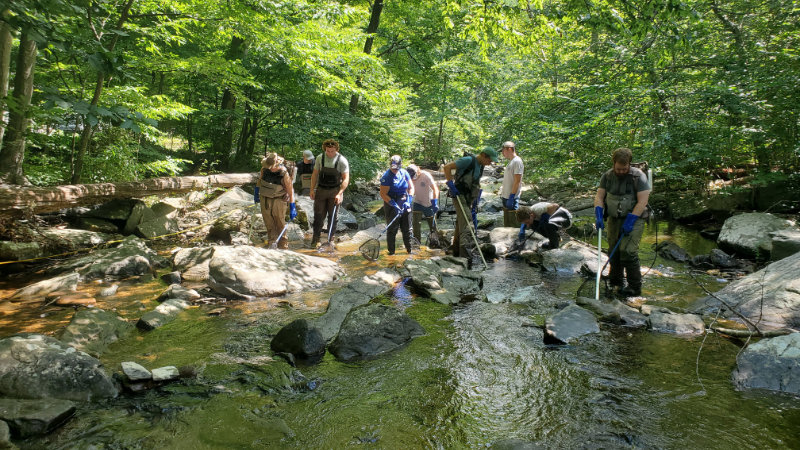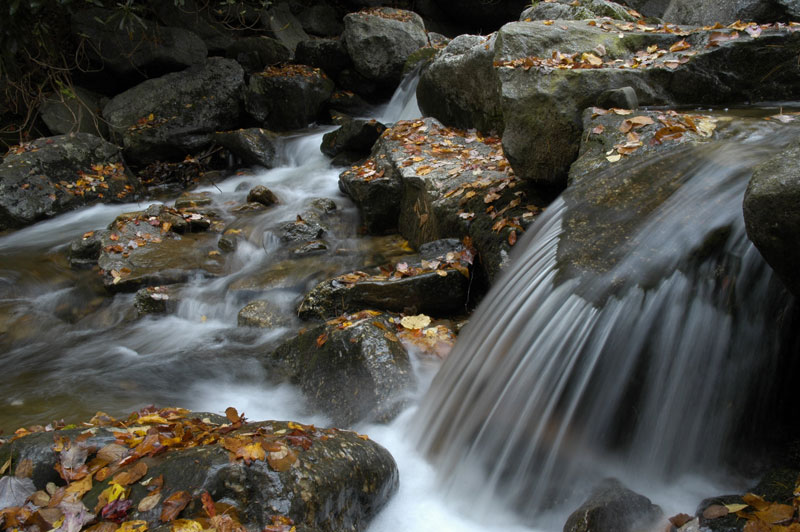Planktonic eukaryotes in the Chesapeake Bay: Contrasting responses of abundant and rare taxa to estuarine gradients
https://stroudcenter.org/wp-content/uploads/publication-e1554320152730.jpg 350 210 Stroud Water Research Center Stroud Water Research Center https://stroudcenter.org/wp-content/uploads/publication-e1554320152730.jpgHualong, W., F. Liu, M. Wang, Y. Bettarel, Y. Eissler, F. Chen, and J. Kan. 2024. Microbiology Spectrum, early online access.



